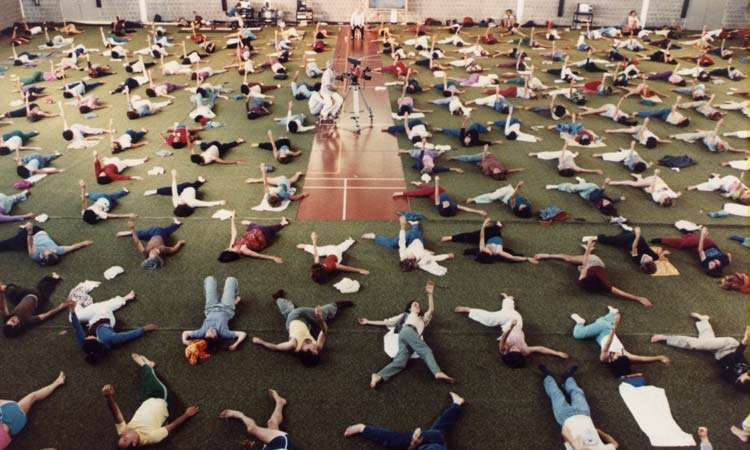unpolished thoughts 12/28/2018
When he was teaching Awareness Through Movement, Moshe Feldenkrais would sometimes tell his students, “Go faster – but don’t hurry!”
When we become more familiar with something that we are doing, we can become more efficient and accomplish the same task in less time. It’s a nice feeling because it shows us that we truly own the new skill we have learned. It suggests that we might begin to imagine doing other things that weren’t previously possible for us to do as well.
But we don’t conquer the new skill by hurrying, and if we already conquered it, hurrying might ruin the accomplishment.
Feldenkrais understood that the first tastes of success also come with a temptation to speed up, to allow our attention to lapse. We confuse the light at the end of the tunnel for the end of the tunnel itself. We want to celebrate our victory too soon.
In a Feldenkrais class, students might explore rolling from side to side on the floor. A good portion of the class is spent doing this so slowly that one experiences all the tiny nuances of finding support from the floor at every point along the journey.
When the rolling becomes clunky, students are guided to reverse themselves back into the portion of the movement that came easily, rather than barreling ahead to “claim victory” with a poorly coordinated movement.
But if proper time is spent moving mindfully within a comfortable range, that range will grow and little by little the student will feel the full support of the floor all along their back to the point where they feel they can roll as smoothly as a barrel.
It’s at this moment that one might begin to practice for speed. The trick is not to throw the attention out the window.
In fact, if the student now rolls across the floor in one swift movement – without hurrying – their use of attention will have to be even clearer than before. They must have a more complete image of the entire action, including how they relate to the surrounding environment.
When Feldenkrais taught rolling lessons to large groups, he used the naturally occurring collisions between neighbors as an opportunity for the next stage of learning. He often ended such classes with the instruction for all students within a given row to roll side to side in unison, eventually doing so without anyone saying “go!”
In this moment, the individual learning and awareness becomes a platform for integration into a community of aware individuals. We learn how to take better care of ourselves in order to show up in the world better equipped to care for others around us.
Part of how we do this is not to celebrate our accomplishments too soon. A small celebration is certainly warranted, but before we start looking to claim trophies, it’s always useful to ask how this new thing we have learned might allow us to make a new contribution.
That’s something we can all celebrate together.
